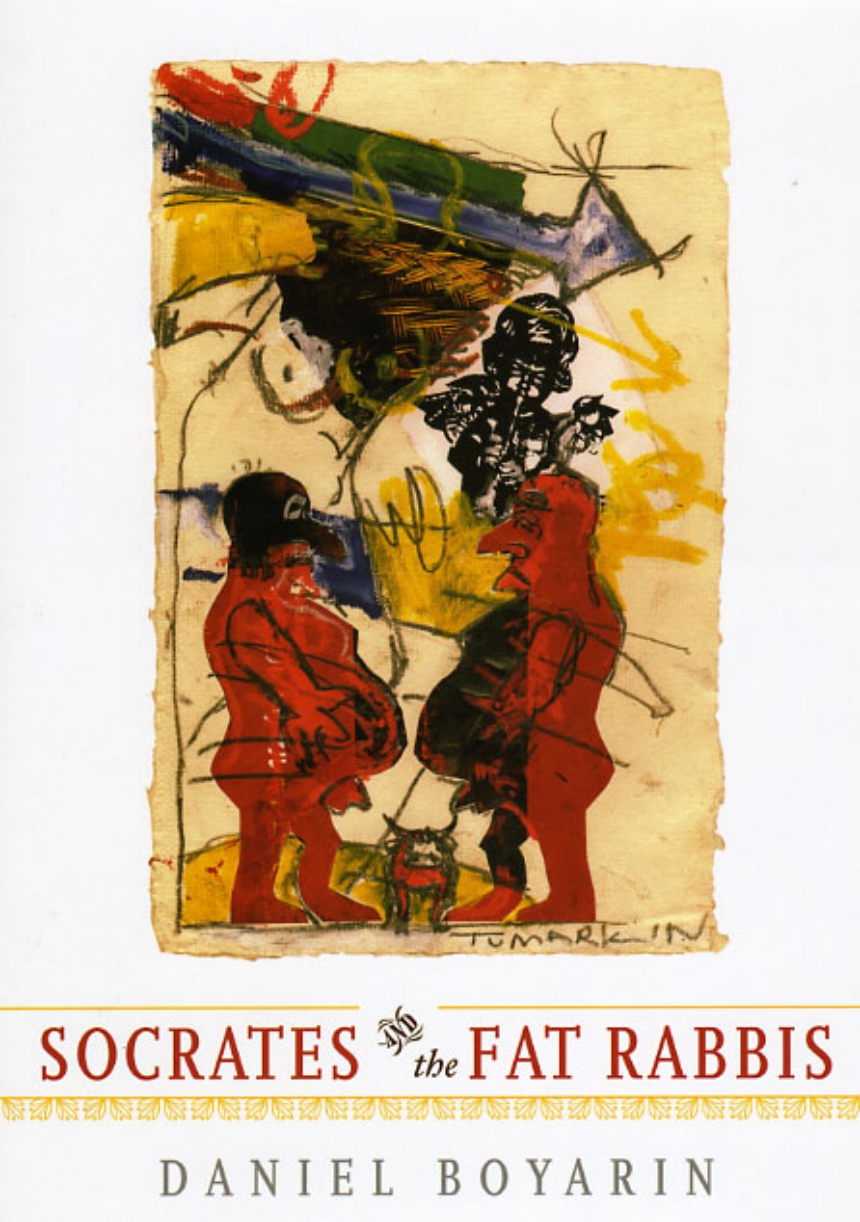Socrates and the Fat Rabbis
408 pages | 1 halftone | 6 x 9 | © 2009
Philosophy: General Philosophy
Religion: Judaism, Philosophy of Religion, Theology, and Ethics
Reviews
Table of Contents
Preface : The Cheese and the Sermons: Toward a Microhistory of Ideas
1 In Praise of Indecorous Acts of Discourse: An Essay by Way of Introduction
2 “Confound Laughter with Seriousness”: The Protagoras as Monological Dialogue
3 “Confound Seriousness with Laughter”: On Monological and Dialogical Reading—the Gorgias
4 Jesting Words and Dreadful Lessons: The Two Voices of the Babylonian Talmud
5 “Read Lucian!”: Menippean Satire and the Literary World of the Babylonian Talmud
6 Icarome?ir: Rabbi Me?ir’s Babylonian “Life” as Menippean Satire
7 “The Truest Tragedy”: The Symposium as Monologue
8 A Crude Contradiction; or, The Second Accent of the Symposium
Appendix: On the Postmodern Allegorical
Acknowledgments
Bibliography
Index
